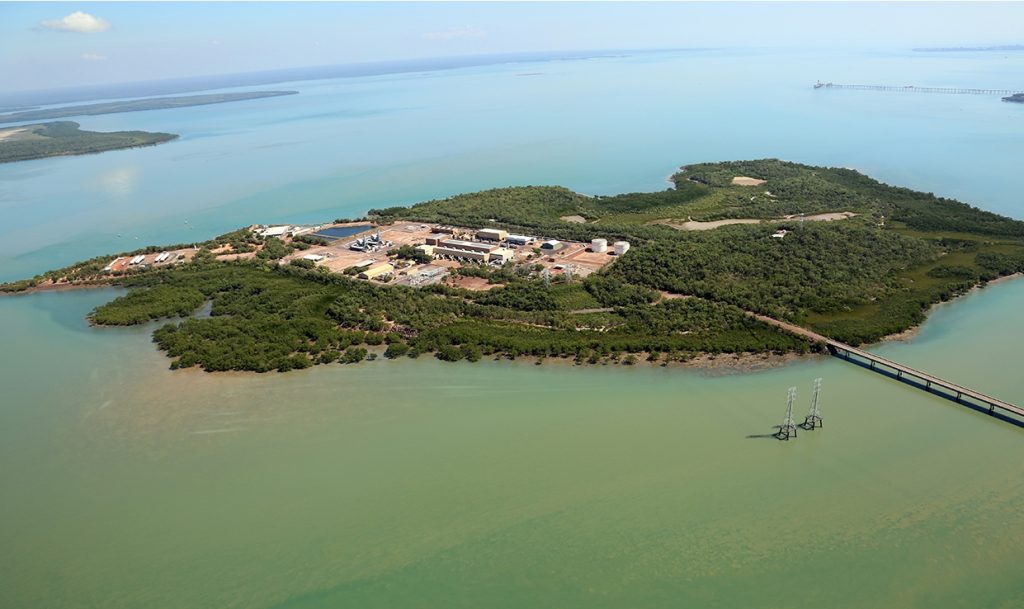The government owned utility in the Northern Territory will convert one of the gas turbines at its largest gas fired power station to operate as a synchronous condenser in an effort to increase the amount of renewable energy on the local grid.
The Channel Island power station in Darwin opened in 1986 and originally boasted seven gas turbines and one steam turbine and is due to shut in 2026/27.
But in an effort to accommodate more solar on the local grid, its owner Territory Generation will convert one unit into a syncon, essentially a spinning machine that does not burn fuel but which can still provide essential grid services such as inertia and system strength.
The Northern Territory has a target of 50 per cent renewables by 2030, but apart from a rapid increase in rooftop solar its efforts to accommodate larger scale renewables have come to nought, with four solar farms sitting idle for several years because of the local regulator’s strict connection and bidding rules.
Darwin’s first big battery, the 35MW one hour Darwin-Katherine Battery Energy Storage System (DK BESS), which is expected to be commissioned this year, will help address that problem and a second battery project in the Darwin precinct will follow.
Synchronous condensers are used to maintain system voltage on an electricity grid, producing reactive power and useful for stabilising power produced by renewable energy resources.
Four have already been deployed in South Australia, which already has a 75 per cent share of wind and solar, and more elsewhere in the country’s main grid and network operators are looking to use the turbines in soon-to-close coal fired power stations to perform a similar task.
Essential Services Minister Kate Worden said the synchronous condenser, combined with the battery investments, will stabilise the grid to enable more renewable energy to be connected.
“The Frame 6B turbines have served the power system well over the last 40 years, and Territory Generation is excited to repurpose an existing asset to contribute to the future energy requirements of the power system,” said Gerhard Laubscher, CEO of Territory Generation.
“The Channel Island Power Station synchronous condenser conversion project aligns with Territory Generation’s Fleet Transition Plan while advancing Northern Territory Government renewables and emissions objectives.”








